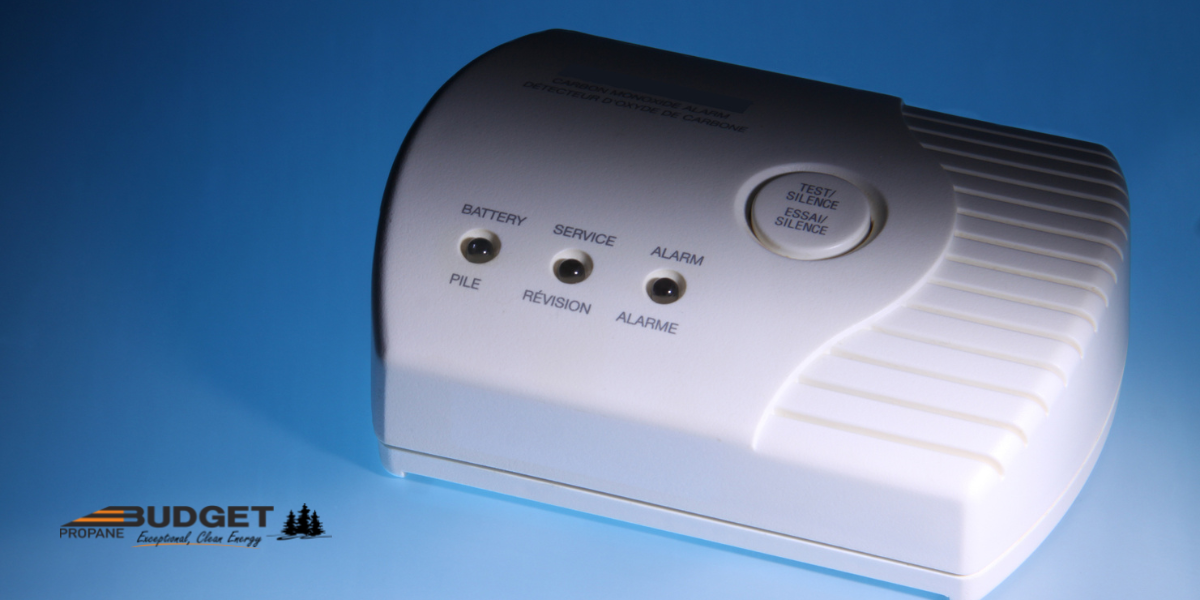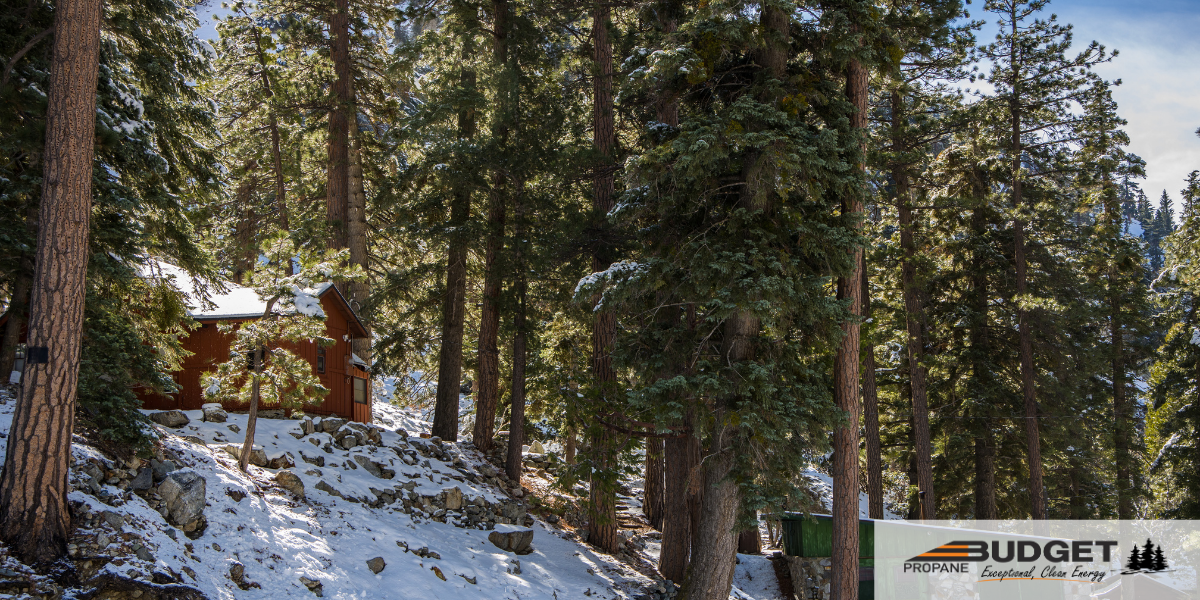-png.png)
As often is the case in the winter, the news has carried some tragic stories about carbon monoxide poisoning. According to a recent GlobalNews article, "the OPP and Office of the Chief Coroner have issued a warning about “the dangers of sitting inside a running vehicle for extended periods of time.” Police say that in older vehicles, small leaks can develop in the exhaust system and potentially lead to a deadly build-up of carbon monoxide inside the vehicle."
Along with carbon monoxide from car exhaust, homeowners need to protect themselves from carbon monoxide leaks from fuel burning furnaces and other heating sources.
Home safety involves taking care of fuel burning appliances such as stoves and furnaces, and installing, and maintaining, smoke and carbon monoxide (CO) detectors. Often referred to as the silent killer, carbon monoxide has no taste, smell or colour, but can be incredibly dangerous and in some cases deadly. Carbon monoxide is created when burning fuels, such as natural gas, wood, oil, propane, and other similar substances.
"Every year, many Ontarians require medical attention due to carbon monoxide poisoning," said Jon Pegg, Ontario Fire Marshal and Chief, Emergency Management. "The only way to detect CO in your home is with a CO alarm. Test your alarms monthly to ensure they are working."
When fuel burning appliances are properly installed, vented, and serviced, the carbon monoxide should not reach harmful levels where carbon monoxide poisoning becomes a risk.
Where to place carbon monoxide alarms and detectors:
According to Safety.com, at least one carbon monoxide detector must be installed on each floor of your home, including the basement. Consider adding a detector in your garage if it’s attached to your home.
Be sure to place a carbon monoxide detector outside of the bedroom area in your home. The effects of carbon monoxide are nearly impossible to detect when sleeping. If CO is detected, the alarm will sound to alert and wake you.
Some symptoms of carbon monoxide poisoning:
- Dull headache
- Weakness
- Dizziness
- Nausea or vomiting
- Shortness of Breath
- Confusion
- Blurred Vision
- Loss of Consciousness
Identifying Carbon Monoxide:
Since carbon monoxide is tasteless, colourless and odorless, it can be difficult to detect. Because of this, many provinces are now making it mandatory for homes to be equipped with carbon monoxide detectors, if there is at least one fuel-burning appliance.
These detectors should sound an alarm when carbon monoxide is present, however, if you are feeling any of the above mentioned symptoms, and suspect carbon monoxide poisoning, you should seek assistance.
What to do if you suspect carbon monoxide is present? If you believe that carbon monoxide is present in your home or office and people are suffering from physical symptoms, get everyone out of the building immediately and contact 911. If it is safe to do so, open windows to allow in fresh air and turn off any appliance that could be emitting the gas.
Have questions about propane safety? We're your local experts, with decades of experience and fully licensed technicians. Give us a call or contact us through our website. 1-888-405-7777 (24 hours a day, 7 days a week)



).png)
